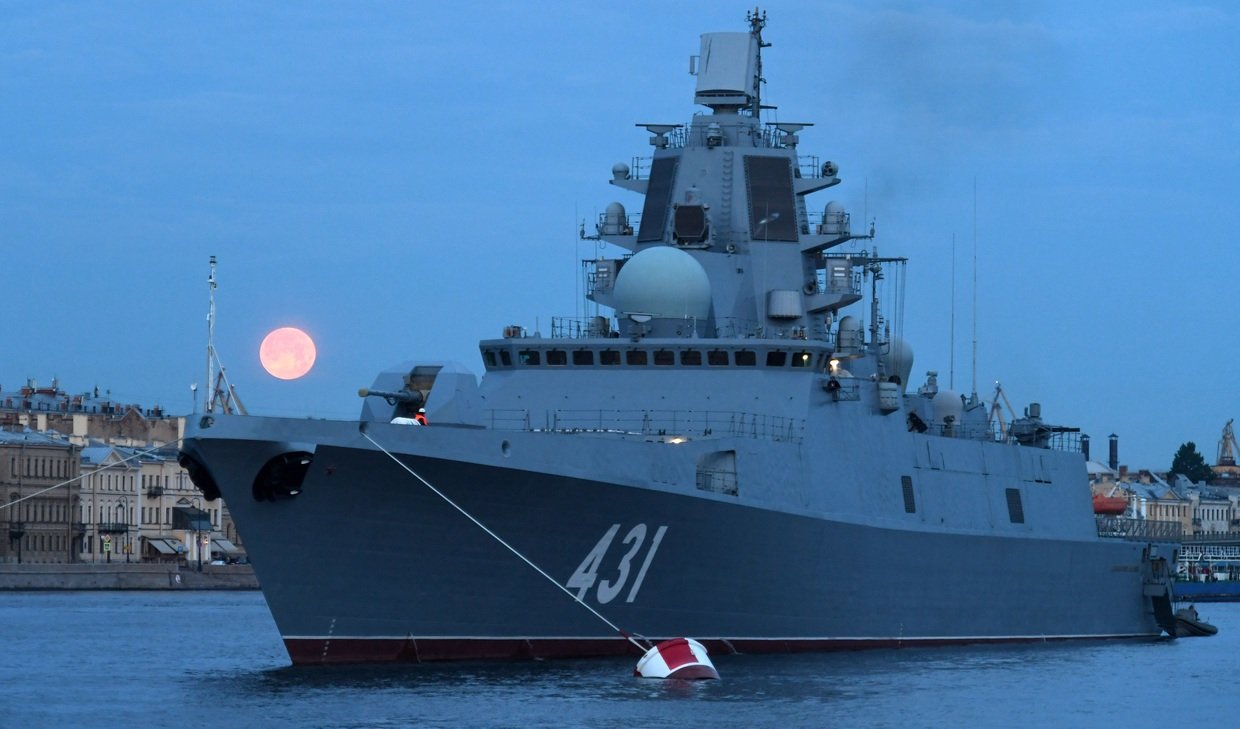Out to the sea: Russia’s cutting-edge stealthy next-gen frigate SPECTACULARLY tested in cold waters (VIDEO)
Russia’s military has released footage of the frigate Admiral Kasatonov during trials in the Barents Sea. The stealthy ship, packed with new radar and hydro acoustic systems, is expected to join the Northern Fleet soon.
Footage of the trials shows the vessel firing its secondary weapons, as well as testing other crucial systems. For instance, Admiral Kasatonov is seen firing its decoy launchers which create sparks in the air. Such passive decoys and heat traps are designed to protect the vessel from anti-ship missiles and other high-precision weaponry.
The new frigate, belonging to the cutting-edge Project 22350 family of the naval vessels, will join Russia’s Northern Fleet after the trials are completed. Initially, Admiral Kasatonov was to join the fleet late in 2019, yet the trials have been postponed.
Russia plans to build at least six Project 22350 vessels. The maiden ship of the class, the Admiral Gorshkov, was commissioned back in 2018, while the rest of the vessel family is set to be launched before 2025.

The Admiral Kasatonov and other frigates of the class are built using a wider range of composite materials, such as carbon fiber. This, together with the sleek exterior, gives the vessels stealth capabilities and makes them harder to detect on a radar.
The ships also have impressive seafaring capabilities and are said to be able to reach speeds of up to 29 knots (around 54kph or 34mph). The frigates are capable of being completely autonomous for a month, accommodating a 210-man crew. The frigates are packed with various anti-aircraft and anti-ship weaponry.
Also on rt.com Russia to expand number of Zircon hypersonic cruise missile-capable shipsThe frigates are capable of utilizing all the existing Russian-made naval missiles, namely 3M54 Kalibr and 3M55 Onyx anti-ship cruise missiles.The vessels are expected to be packed with the hypersonic 3M22 Zircon missiles which are still under development. While the new munition has already been tested, little is actually known about it. The new missiles are said to be able to travel at least eight times faster than the speed of sound, which makes them difficult to intercept.
Like this story? Share it with a friend!














